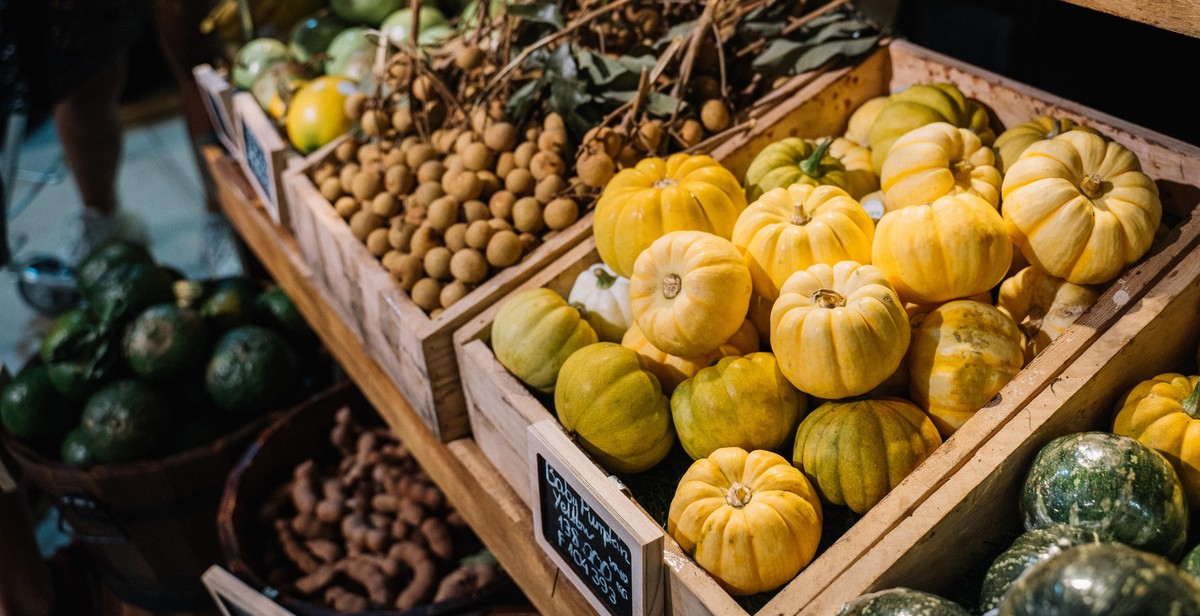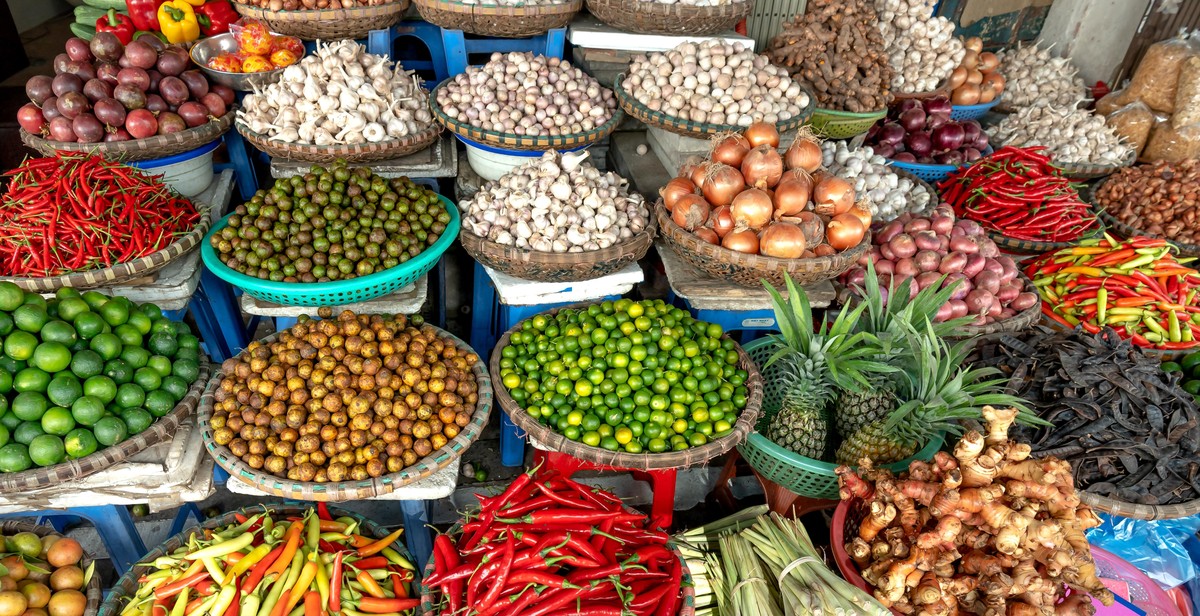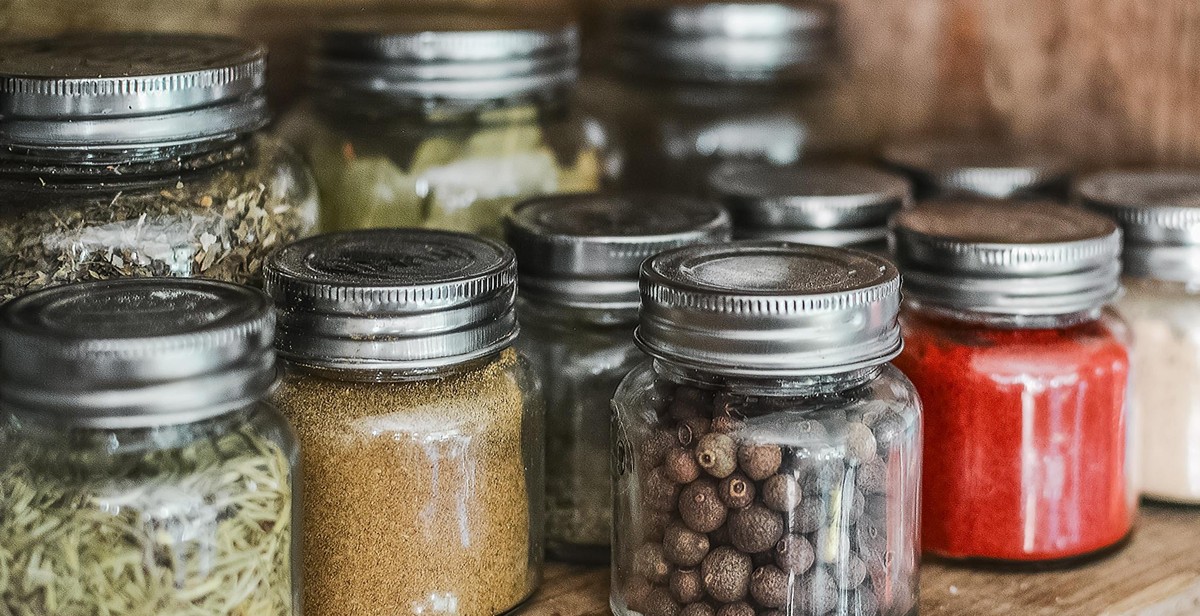How to Make Homemade Vegetable Stock: Flavorful Base for Soups and Stews
Vegetable stock is a flavorful liquid that is made by simmering vegetables, herbs, and spices in water. It is a versatile ingredient that can be used as a base for soups, stews, sauces, and gravies. Vegetable stock is also a great alternative to meat-based stocks for vegetarians and vegans.
What is Vegetable Stock?
Vegetable stock is a liquid that is made by simmering a variety of vegetables, herbs, and spices in water. The vegetables used in vegetable stock can include onions, carrots, celery, leeks, garlic, mushrooms, and herbs such as thyme, parsley, and bay leaves. The stock is then strained, leaving behind a flavorful liquid that can be used in a variety of dishes.
Vegetable stock is a healthy and low-calorie alternative to meat-based stocks. It is also a great way to use up any leftover vegetables that you may have in your fridge. Homemade vegetable stock is easy to make and can be customized to your taste preferences.
Why Make Homemade Vegetable Stock?
Making homemade vegetable stock is a great way to reduce food waste and save money. It is also a healthier option compared to store-bought stocks, which often contain added salt, preservatives, and artificial flavors. Homemade vegetable stock is also more flavorful and can be customized to your liking.
Additionally, making homemade vegetable stock allows you to control the ingredients that go into it. You can choose to use organic vegetables and herbs, and adjust the seasoning to your taste.
In the following sections, we will discuss the ingredients and equipment needed to make homemade vegetable stock, as well as step-by-step instructions on how to make it.

Why Make Homemade Vegetable Stock?
Homemade vegetable stock is a flavorful base for soups and stews that can provide numerous health benefits and cost savings compared to store-bought options.
Health Benefits of Homemade Vegetable Stock
Homemade vegetable stock is a nutritious and low-calorie alternative to meat-based stocks. It is rich in vitamins and minerals, including vitamin C, potassium, and magnesium, which can help support immune function, bone health, and blood pressure regulation. Additionally, homemade vegetable stock can be customized to include a variety of vegetables and herbs, making it a great source of fiber and antioxidants.
One of the main advantages of homemade vegetable stock is that you can control the ingredients and avoid additives and preservatives commonly found in store-bought options. This makes it a great choice for people with dietary restrictions or allergies.
Cost Savings of Homemade Vegetable Stock
Another benefit of making your own vegetable stock is the cost savings. Store-bought options can be expensive and often come in small containers, which can quickly add up when cooking large batches of soup or stew. By making your own vegetable stock, you can use up leftover vegetable scraps and parts that would otherwise go to waste, such as onion skins, celery leaves, and carrot tops. This not only helps reduce food waste but can also save you money on groceries.
| Store-bought Vegetable Stock | Homemade Vegetable Stock |
|---|---|
| Expensive | Cost-effective |
| Contains additives and preservatives | Can control ingredients |
| Small container | Can make large batches |
Overall, making homemade vegetable stock is a simple and rewarding way to add flavor and nutrition to your cooking while also saving money and reducing food waste.

Ingredients for Homemade Vegetable Stock
Vegetable stock is a flavorful and nutritious base for soups, stews, and sauces. Making your own homemade vegetable stock is easy and cost-effective, and it allows you to control the ingredients and seasoning. Here are the essential ingredients for making homemade vegetable stock:
Vegetables
The key to a rich and flavorful vegetable stock is using a variety of vegetables. You can use any vegetables you have on hand, but some of the best options include:
- Carrots
- Celery
- Onions
- Garlic
- Mushrooms
- Tomatoes
- Leeks
- Parsnips
- Potatoes
- Sweet potatoes
- Turnips
Wash the vegetables thoroughly and chop them into large pieces. You can leave the skin on the vegetables for added flavor and nutrition.
Herbs and Spices
Herbs and spices add depth and complexity to vegetable stock. Here are some of the best herbs and spices to use:
- Parsley
- Thyme
- Bay leaves
- Black peppercorns
- Coriander seeds
- Cumin seeds
- Fennel seeds
You can use fresh or dried herbs. Tie them up in a cheesecloth or herb sachet for easy removal later.
Water
Water is the base of any stock. Use filtered water if possible, and enough to cover the vegetables by about an inch or two. Too much water will dilute the flavor, but too little will result in a concentrated and salty stock.
Once you have gathered all the ingredients, you are ready to make your homemade vegetable stock. Follow the instructions in the article for the best results.

How to Make Homemade Vegetable Stock: Flavorful Base for Soups and Stews
Vegetable stock is a versatile ingredient that can add depth and flavor to a wide range of dishes, from soups and stews to risottos and sauces. Making your own vegetable stock is not only easy and economical, but it also allows you to control the ingredients and avoid unnecessary additives. Here’s how to make homemade vegetable stock in four simple steps.
Step 1: Gather Ingredients
The first step in making vegetable stock is to gather the ingredients. You can use any combination of vegetables, herbs, and spices that you like, but some common choices include:
- Onions
- Carrots
- Celery
- Garlic
- Mushrooms
- Parsley
- Thyme
- Bay leaves
You’ll also need water and a large pot to cook the vegetables in.
Step 2: Prep Vegetables
Once you have your ingredients, it’s time to prep the vegetables. Wash and roughly chop the vegetables into large pieces. You don’t need to peel them, as the skins will add flavor and color to the stock. If you’re using mushrooms, wipe them clean with a damp cloth and slice them in half.
Step 3: Cook Vegetables
Place the vegetables in a large pot and cover with water. You’ll need enough water to cover the vegetables by about an inch or two. Bring the water to a boil over high heat, then reduce the heat to low and let the vegetables simmer for about an hour. Skim off any foam or impurities that rise to the surface.
Step 4: Strain and Store
After an hour, remove the pot from the heat and let it cool slightly. Strain the stock through a fine-mesh sieve or cheesecloth into a clean container. Discard the solids. Let the stock cool to room temperature, then cover and refrigerate for up to a week, or freeze for up to three months.
That’s it! You now have a flavorful and nutritious vegetable stock that you can use in all kinds of recipes. Experiment with different combinations of vegetables and herbs to find your favorite flavor profile.

Uses for Homemade Vegetable Stock
Making homemade vegetable stock is a great way to add flavor and depth to your dishes. Here are some uses for your homemade vegetable stock:
Soups and Stews
Homemade vegetable stock is the perfect base for soups and stews. It adds a rich flavor to the broth and enhances the taste of the vegetables. Use it in your favorite vegetable soup or lentil stew for a delicious and nutritious meal. You can also use it as a base for chicken or beef soup to add a vegetarian touch.
Sauces
Vegetable stock can be used to make a variety of sauces, such as tomato sauce, mushroom sauce, or gravy. It adds depth and richness to the sauce and enhances the flavor of the other ingredients. Use it to make a delicious marinara sauce for pasta or a creamy mushroom sauce for steak.
Grains and Legumes
Use vegetable stock instead of water when cooking grains and legumes, such as rice, quinoa, or lentils. It adds flavor and nutrition to the dish and makes it more satisfying. You can also use it to cook couscous or bulgur for a flavorful side dish.
Vegetable Purees
Vegetable purees, such as pumpkin, sweet potato, or carrot puree, can be made with vegetable stock instead of water. It adds flavor and richness to the puree and makes it more nutritious. Use it as a side dish or as a base for soups or stews.
| Uses | Examples |
|---|---|
| Soups and Stews | Vegetable soup, lentil stew, chicken soup |
| Sauces | Tomato sauce, mushroom sauce, gravy |
| Grains and Legumes | Rice, quinoa, lentils, couscous, bulgur |
| Vegetable Purees | Pumpkin puree, sweet potato puree, carrot puree |

Conclusion
Making homemade vegetable stock is a great way to add flavor and nutrition to your soups and stews. It is also an excellent way to reduce food waste by using up vegetable scraps and leftovers. Whether you are a vegetarian or not, vegetable stock is a healthy and delicious alternative to meat-based stocks.
By following the steps in this article, you can make your own vegetable stock at home with minimal effort and cost. You can customize your stock to your liking by using different vegetables and herbs. You can also adjust the seasoning to suit your taste.
Once you have made your vegetable stock, you can use it in a variety of dishes, such as soups, stews, risottos, and more. It adds depth and complexity to any recipe, and can even be used as a substitute for water when cooking grains like rice and quinoa.
So, the next time you have some vegetable scraps or leftovers, don’t throw them away. Instead, use them to make a flavorful and nutritious vegetable stock. Your taste buds and your wallet will thank you!
- Homemade vegetable stock is a great way to add flavor and nutrition to your dishes.
- It is an excellent way to reduce food waste by using up vegetable scraps and leftovers.
- You can customize your stock to your liking by using different vegetables and herbs.
- Vegetable stock can be used in a variety of dishes, such as soups, stews, risottos, and more.
| Pros | Cons |
|---|---|
| Healthy and delicious alternative to meat-based stocks. | May take some time to prepare. |
| Reduces food waste. | May not last as long as store-bought stocks. |
| Customizable to your liking. | Requires storage space in the freezer. |
